People
Gallerist Kate Werble on Surviving the Crash and the Future of the Mid-Size Gallery
What was it like to start during the financial crash—and survive?
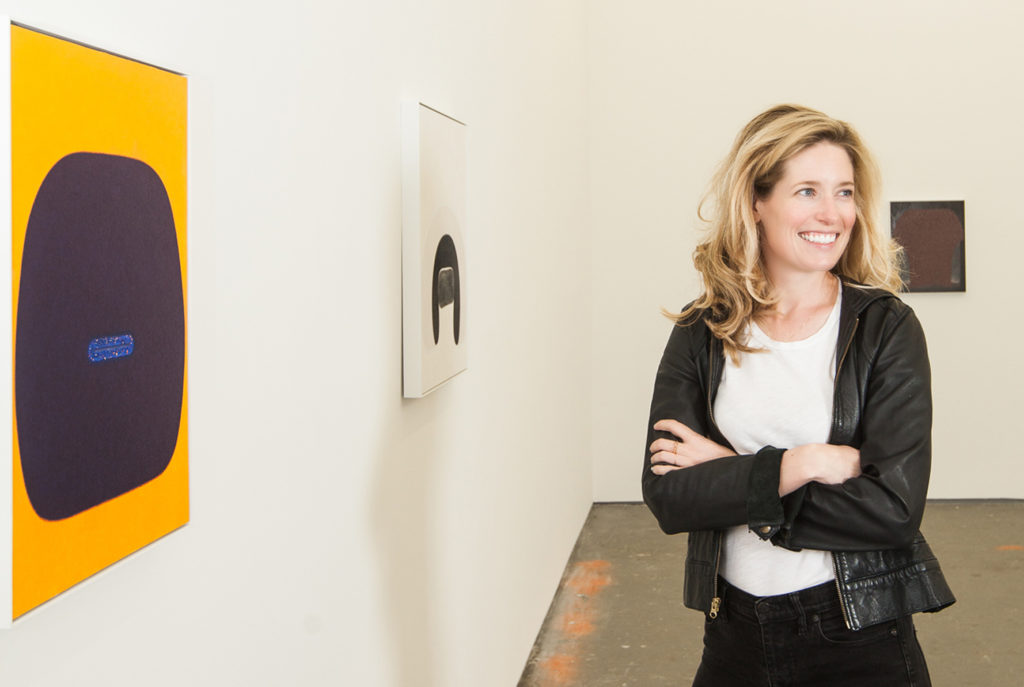
What was it like to start during the financial crash—and survive?

Henri Neuendorf

Kate Werble opened her gallery only a week before the collapse of Lehman Brothers in September 2008. Despite starting out in such calamitous circumstances, she persevered to establish herself in the New York art scene from her West Soho location. Showing a diverse program of emerging and mid-career artists who work across a variety of mediums, the gallery represents the likes of sculptor Brock Enright, photographer Melanie Schiff, and painter Lui Shtini.
Over the years Werble has carved out a niche by putting on innovative, subversive, and humorous exhibitions including Christopher Chiappa’s show in December 2015, which consisted of scattering 7,000 hyper-realistic sunny-side-up fried egg sculptures throughout the gallery; a memorable performance criticizing US immigration policy by Maria de Victoria, who hired four Ecuadorian day laborers to separate bowls of beans and rice and cook for gallery visitors; and the gallery’s current exhibition, a sexed-up holiday themed group show including no less than 22 artists.
As part of an ongoing series of interviews with gallerists, artnet News sat down with Werble to discuss opening right before the financial crisis and the ensuing recession, as well as how mid-size galleries can carve out a space to thrive among mega galleries.
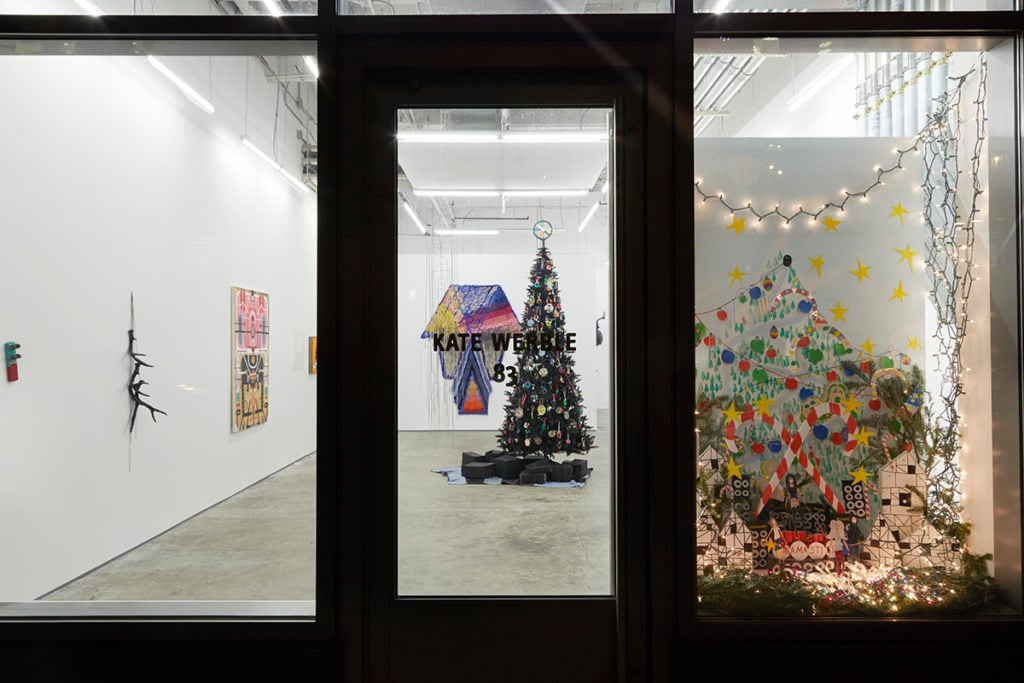
Kate Werble Gallery XXXmASS installation view (2016-2017). Photo: Elisabeth Bernstein.
What are the origins of the gallery? And how did you get started?
I opened the gallery in 2008, and I had come off of having a gallery—a very short lived gallery—with two friends, two partners. In 2008, I opened officially in September, which was the week before Lehman Brothers crashed, it was a very strange time and in retrospect not dissimilar to now. I opened, and I really wanted to be sure that I took my time with what I was doing because I was on my own and I was pretty young, in September 2008 I had just turned 28, so I planned two years of group shows.
We opened with a show called “Thursday the 12th,” the day before Friday the 13th; which is funny because all of a sudden the market collapsed, and it was a little prophetic. But it was great because I got to work with so many artists; we did about two years of group shows, and I was able to develop a group of artists that I wanted to work with—and hopefully they would want to work with me. It was great in terms of building a community, and it taught me a lot.
What did you take away from starting during such challenging economic times?
I was interested in the gallery because I wanted it to be for the other artists living in the city, and so I hoped that if we do good shows then the artists will come to see the work of their colleagues or their peers. There wasn’t a lot of market hype, and certainly I wasn’t selling a ton of work, so it was really about the exhibitions and people coming in and looking and having it be for other artists.
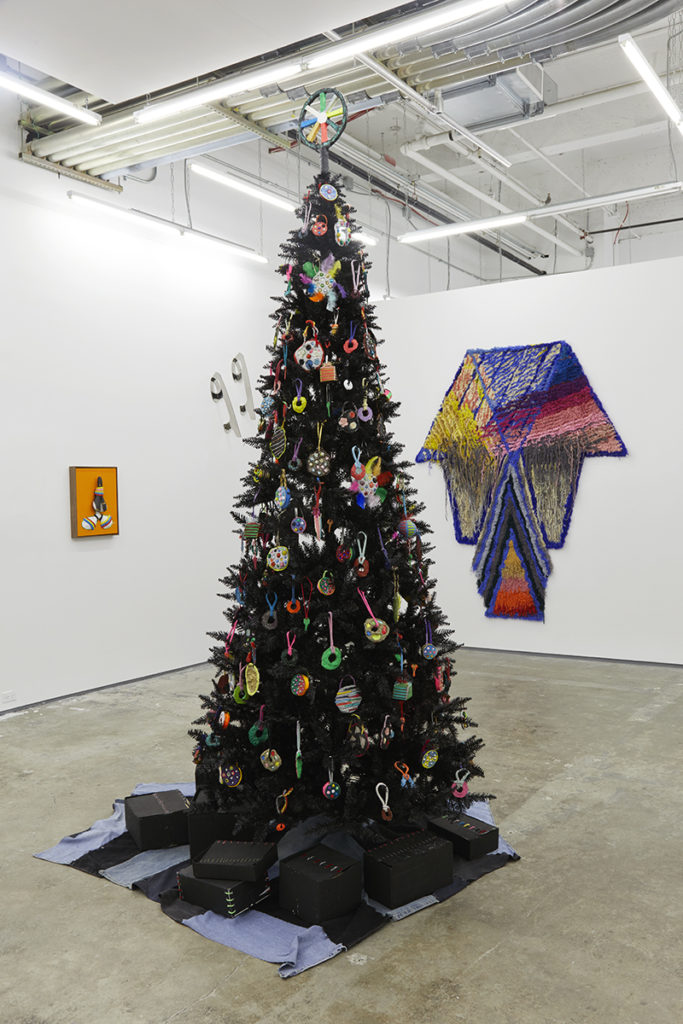
Kate Werble Gallery XXXmASS installation view (2016-2017). Photo: Elisabeth Bernstein.
How has the gallery developed since then?
We started doing art fairs, and I was able to hire a few people to work with me full time, which has been amazing. That was a big step. I remember the first woman that worked for me full time, it was such a major thing to have someone that could be in the gallery all the time with me.
And we’ve grown, the artists have grown and its been really exciting to watch their exhibitions develop. We’ve now had the third solo show by some of the gallery artists and its been so interesting to watch the difference between the first show, the second show, and the third show. It’s been eight years of seeing the growth, the things that they’re into and the things that change. It’s just exciting to watch things shift and while it’s not always been for the better, there’s something about working with someone over a long period of time that I’m really interested in. It’s been exciting.
When did you realize that art was something that you wanted to devote your career to?
My mom was a curator in decorative arts, and my dad was a writer. I wanted to be an artist when I was growing up. And so I was always saying from a very young age that I wanted to be an artist, have a gallery, or work in a gallery, and my parents were like, “Okay!”
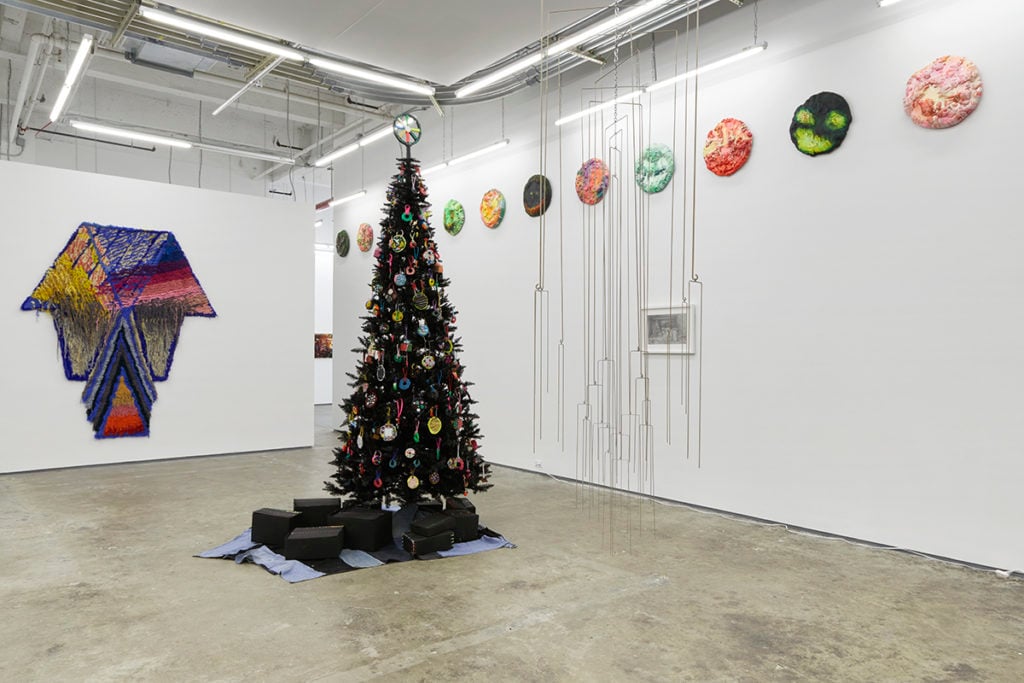
Kate Werble Gallery XXXmASS installation view (2016-2017). Photo: Elisabeth Bernstein.
What was your background? Did you go to art school?
I went to Williams College in Western Massachusetts, where I studied art history and I also did painting. My adviser told me that I couldn’t double major in studio art and art history because then I would have to be an architect. I was a freshman in college, so I decided I would study art history and English or major in those, and then take as much studio art as I could. Up until that point I did a lot of studio art throughout high school, so what happened it college is that I did as much as I could but it started to taper off as I realized that I was much more interested in working with artists, presenting exhibitions, and working on the installation of them; really working with the art and the work itself.
How would you describe your gallery program? And what do you look for in an artist?
I think initially what I looked for in artists was this juncture between work that had a very physical presence and also had a lot of thought behind it, or it had a very heavy conceptual presence, but neither one was more important than the other. The focus of each was equally important, so I’ve shown a lot of sculpture and performance. I think it’s still the same thing, I’ve worked with artists who are really into the media that they work within and that successfully translate their ideas to an audience, whatever they might be. So I’m not interested in showing a similar types of work all the time. I think that’s my unique way of looking at a gallery. I wouldn’t show three artists that make the same thing or that work the same way.
How can the small to mid-sized gallery carve out a niche in a market dominated by international and multi-space galleries?
I think you just have to do good exhibitions and work with artists that are really excited about what they do and have an energy about what they’re making. And you grow with your artists, and you grow slowly. I think it’s important to show new work and have a space that’s not a huge space. I think it’s challenging for sure when you learn that there are so many galleries that have multiple locations. But I think there’s a real need for a mid-size gallery space where you can have a really thoughtful, intimate exhibition, which is often more powerful than having a huge space. I don’t know that growth is always about size. I think about this all the time, how will the gallery continue to grow? Because we’ve grown a lot, but it’s also about the growth of the artists, and the growth of the work, and the exhibition quality and the resources that we have to make the exhibitions. Some of my favorite gallery spaces are the most intimate gallery spaces. You have to really think about what the trajectory is, based on what kind of work you’re showing at the moment, and what the artists need.
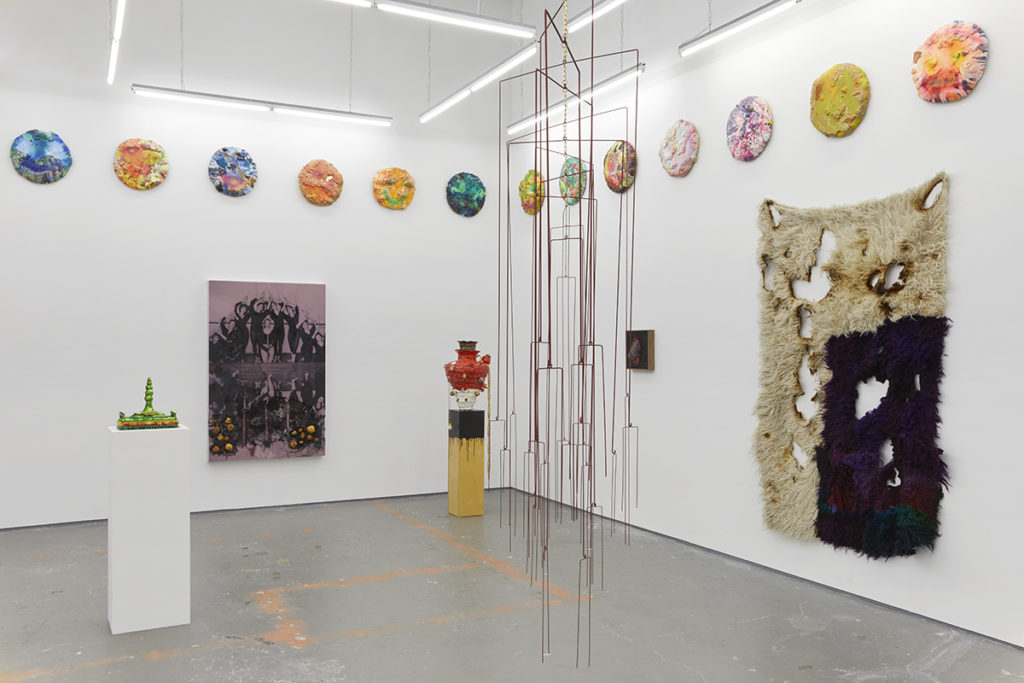
Kate Werble Gallery XXXmASS installation view (2016-2017). Photo: Elisabeth Bernstein.
You’ve obviously witnessed a turbulent market since starting out, what do you make of the current state of the art market?
I think it’s a very important time to make exhibitions that are open to the public and free. I’m so proud to have a gallery that anyone can come into. Last year we did a show in December and January that we had thousands of people visit. And a lot of people said “we’ve never been to a gallery.” It was a huge mixture of people, some who come to galleries all the time and some who had never been, and it reminded me again after seven years that this is a really great thing about having a gallery, a commercial gallery that is open to the public where people can come in and see things. Given the current political climate it’s important to have spaces like this that are open and accessible. In terms of the market, I think it’s a tricky time. I don’t do secondary sales, or I’ve done very few, so I can’t really comment on that. But I think people are maybe afraid to support emerging artists right now because there’s just a general climate of fear everywhere, and I think there’s been a bit of a retraction over the past few years for sure.
What are the most challenging and rewarding aspects of being a gallerist?
I can’t imagine not working with artists or not having a gallery, or not working at a gallery. The most rewarding moment is when you open an exhibition that the artist is really proud of or feels like a culmination of many years of work, I think that’s the best feeling—having the show. The most challenging part is managing the other things that go on at the same time to make the show happen. All the things that go into the market, the day-to-day of getting things done in New York, the coordination of making the show, presenting the show, and realizing the show.